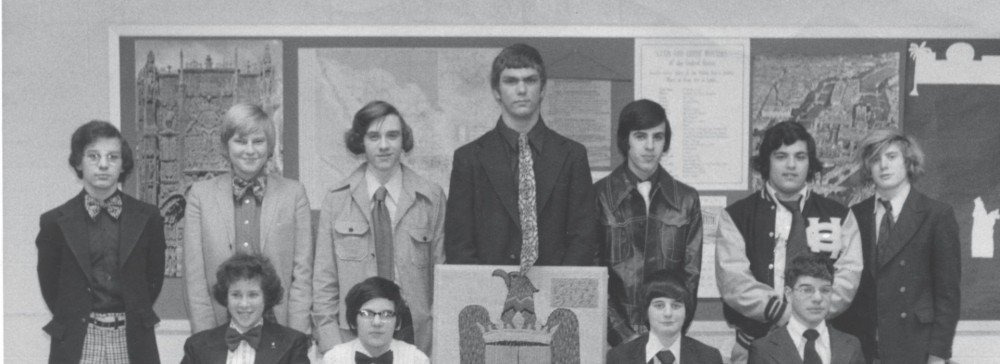- Our School
- Our Experience
- Admissions
-
Academics
- Academics
- Academics Overview
- Curriculum
- SciAc
- B.Y.O.D.
- Counseling Services
- Matriculation
- Scholarships for Currently Enrolled Students
- National Honor Society
- AP Exams
- Athletics
- Arts
- Families
- Events
- Alumni
- Giving
“Holy Cross High School is an important institution in the local community, the church and the Congregation. What we’re about is building a better place for better times.”
Brother Thomas C. Dziekan, CSC, Provincial Superior, Congregation of Holy Cross, Moreau Province
The strum of Mr. Killian’s guitar. The walks through the senior hallway. Those times when hallways were one-way. That time when Mrs. McCarthy was one of the four first female employees at the school. The sigh of relief when you hear the Crusader colloquialism, “Blazers need not be worn.” Mr. Whealon’s prayers to Saint Genesius. National Honor Society sandwich making with Mrs. Flaminio.
These are more than treasured memories. These are moments that develop belief and value systems that last a lifetime.
Although Holy Cross High School is the second youngest school under the Congregation of the Brothers of Holy Cross, we are strong and mighty. Our story is rich and consists of individual trajectories that weave the rich tapestry of heritage and strengthens the fabric of our Holy Cross future.

1960's
In 1966, Archbishop O’Brien announced that an all-boys Catholic school would open in Waterbury, Connecticut. There was an immediate need for such a school due to the city’s large Catholic population. Groundbreaking was held on May 5, 1967 on thirty-one acres in Waterbury’s West End on Oronoke Road. 325 boys were the first students when Holy Cross High School officially opened its doors on October 7, 1968.

1970s
The 1970s were a time for growth, expansion and recognition. Under the guidance and direction of Br. Richard MacDonald, CSC, second Principal of Holy Cross, the Holy Cross High School continued to increase in number and received recognition for high academic standards.

1980s - 1990s
Through the 1980s and 1990s, interest in the school soared. Rigorous academics reigned supreme. A variety of electives including Creative Writing, Journalism, Psychology and Political Science were offered. In 1997, Holy Cross High School became one of the first schools of its kind to introduce block scheduling into the school day. This era also saw the introduction of many Holy Cross leaders who would make an indelible mark on the Crusader landscape.

2000s - 2010s
In the new millennium, Holy Cross embraced time-honored traditions, great student leaders and an investment in technology. The development of Student Activities as a formal department emerged as an invaluable part of the school experience. Also, several capital projects were completed and revolutionized the way Crusaders gathered together for times of work and times of play.

Today
Holy Cross High School has always had one foot in the past and one foot in the future. Tradition and evolution have been the building blocks to the school experience. Since 2020, the school community has maneuvered its way through the beginnings of the COVID-19 pandemic. The Crusader family welcomed a number of students onto Oronoke Road after the closure of Chase Collegiate School and Sacred Heart High School. During the 2021-2022 school year, administration and faculty embarked on a complete redesign of the curriculum. At 50+ years young, the Holy Cross High School has blossomed into an invaluable pillar and a leader in private Catholic education in the Greater Waterbury area.
